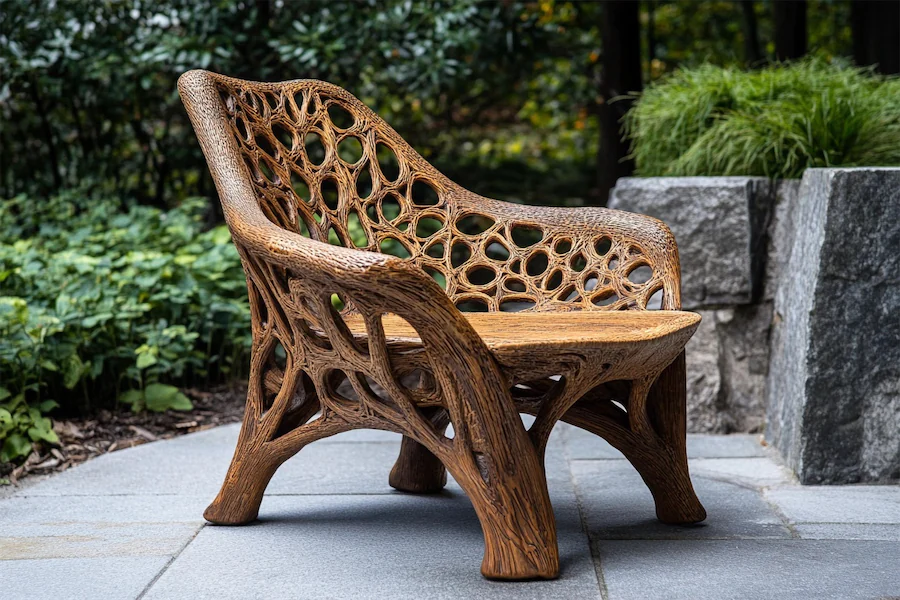Outdoor chairs are essential elements in gardens, patios, and other open-air settings, offering comfort and style for relaxation and social gatherings. This article explores their history, key features, applications, considerations for selection, and concludes with their significance in outdoor living.
History and Origins of Outdoor Chairs
The origins of outdoor furniture trace back to ancient civilizations. In ancient Egypt, reeds, rattan, and marsh grasses were woven to create simple seating for outdoor use. Similarly, the Romans crafted stone benches for their gardens, emphasizing durability and aesthetics.
The evolution continued through the centuries, with notable designs emerging in different eras. For instance, the folding lawn chair, an American summertime classic, became popular for its portability and convenience during the 20th century.
Key Features of Outdoor Chairs
- Durability: Constructed from materials like teak, wrought iron, aluminum, or weather-resistant plastics to withstand various environmental conditions.
- Comfort: Designed with ergonomic considerations, often featuring cushions or contoured seats to enhance user comfort.
- Portability: Many outdoor chairs are lightweight or foldable, facilitating easy movement and storage.
- Aesthetic Appeal: Available in diverse designs and finishes to complement various outdoor décors.
Applications of Outdoor Chairs
- Gardens and Patios: Provide seating for relaxation, dining, or socializing in residential outdoor spaces.
- Public Parks: Installed to offer rest areas for visitors, enhancing the usability of communal spaces.
- Beaches and Campsites: Specialized designs like folding or reclining chairs cater to leisure activities in natural settings.
- Cafés and Restaurants: Outdoor seating arrangements attract patrons seeking an al fresco dining experience.
Considerations When Choosing Outdoor Chairs
- Material: Select materials that are weather-resistant and suitable for the local climate to ensure longevity.
- Maintenance: Consider the level of upkeep required; some materials may need regular treatment to maintain appearance and durability.
- Comfort: Opt for designs that offer adequate support, and consider cushions or upholstery for added comfort.
- Space and Storage: Assess the available space and storage options; foldable or stackable chairs can be advantageous for limited areas.
- Style: Choose designs that harmonize with the overall aesthetic of the outdoor environment.
Conclusion
Outdoor chairs have evolved significantly from their ancient origins, adapting to cultural trends and technological advancements. They play a crucial role in enhancing outdoor living spaces, providing comfort and functionality. When selecting outdoor chairs, consider factors such as material, maintenance, comfort, and style to ensure they meet your specific needs and preferences.
